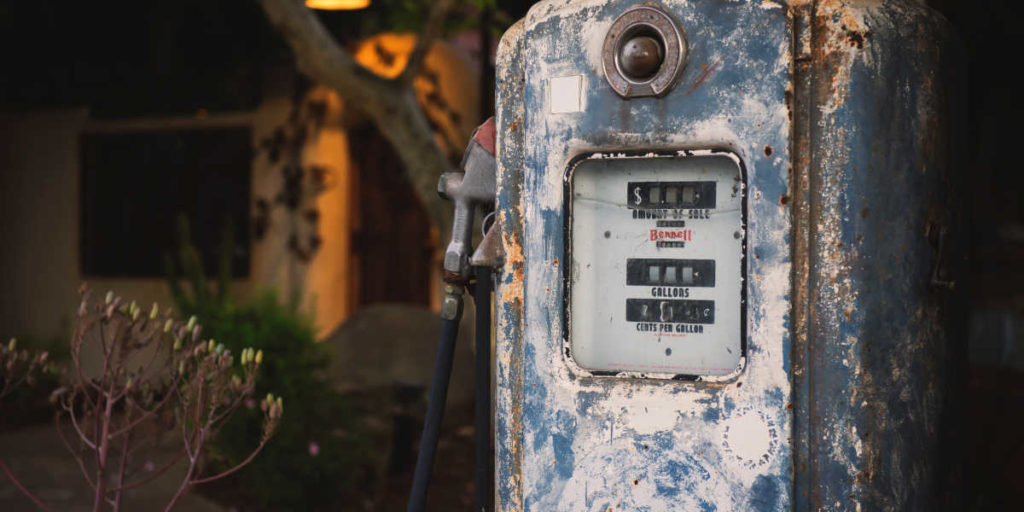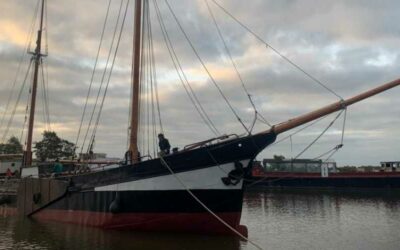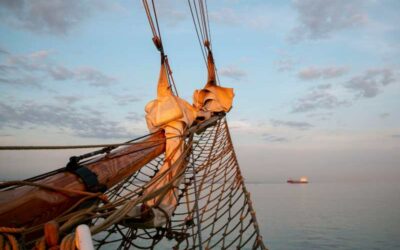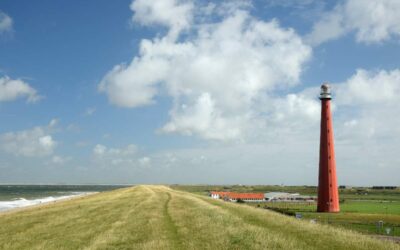The EcoClipper ships will be sailing ships in the true sense of the word, so meaning without any mechanical propulsion. Their powerful sailing rigs will propel them directly by the natural power of the wind. In these times, for many. it sounds radical. Although, back in the days, at the first innovation of the steamship, it was seen as radical to have a ship without sails. That is the reason, that at least the first 50 years of the development of steam engines, all steamships where required to carry sails, for safety.
Coming back to safety, this is the main argument for whoever is debating the practicalities of the true sailing ship not propelled by mechanical means. And yes, there is something to be said, taking into account the exact comparison between a sailing vessel and auxiliary sailing vessel. However, this comparison is never to be made, because the seaman on both vessels are bound to run their ships with a different strategy. The strategy of the seaman of the sailing vessel, will be one of extreme caution. While the commander of an auxiliary sailing vessel, trusting on his engine, might lose respect for the lee-shore. Even in recent history we have seen several examples of auxiliary sailing vessels endangering their safety, or even being lost due to an extreme confidence in their engines.
There are three large advantages of; not installing an engine in a sailing vessel, which is the reason for EcoClipper to follow this course.
First of all, simple economy. Installing an engine room with all the systems and regulations which come with it, is a huge investment. The costs of operation due to fuel, lubrication, maintenance and crew, will become way more, than without it. Installing an engine really means: to have two separate systems, sail and engine, to manage and pay for.
With our small-scale ships, as soon as we start the engine for propulsion, even for a short distance, we lose in sustainability from the large cargo ships. This is because these ships have a relatively huge efficiency in the emissions for each cargo/mile unit. After all, economy of scale can hugely enlarge sustainability.
Finally, sailing a true sailing ship will connect her crew with the natural elements, more effectively than any other propulsion method can acquire. There is a reason that back in the days, seaman would say, about sailors who would switch from sail to steam: “he left the sea and went into steam”
Thanks for signing on,
Following seas and royals all the way!
Jorne Langelaan




